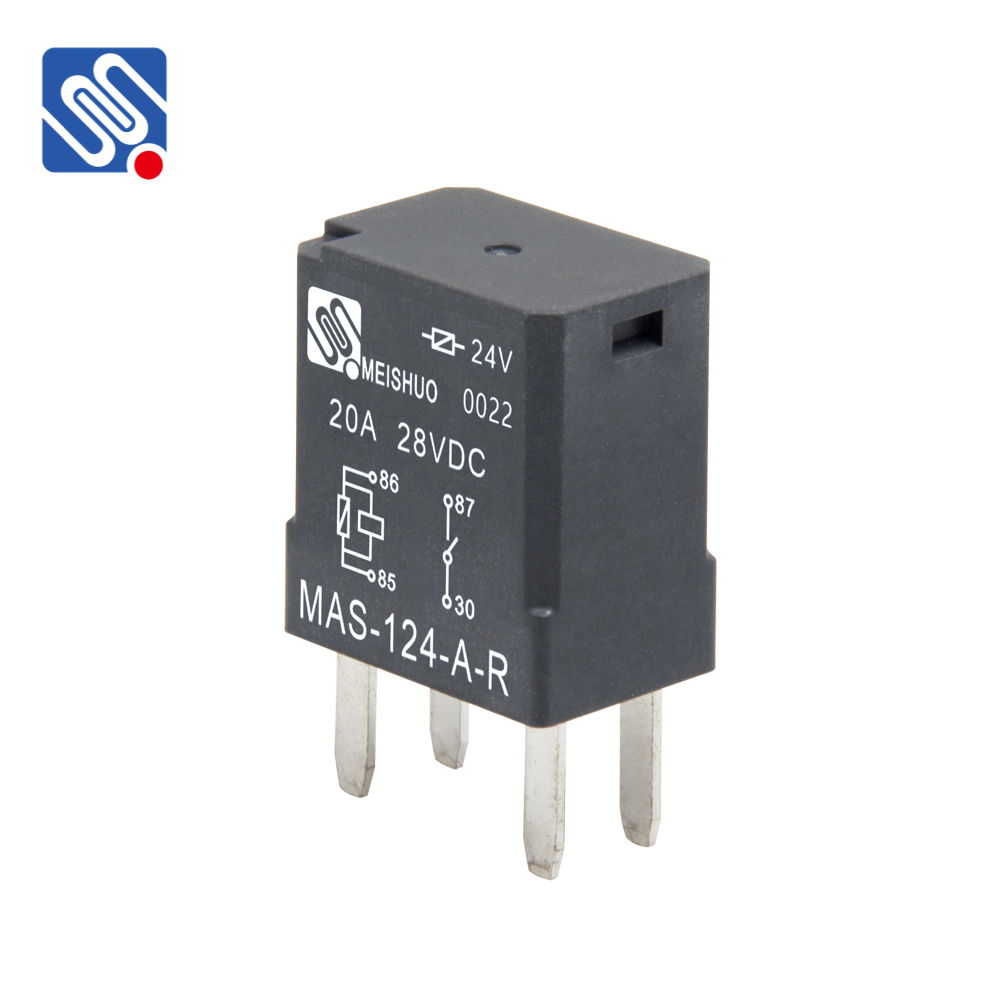The 24V 30A relay is an essential component in various electrical and electronic systems, offering an effective solution for controlling high-power devices with a low-voltage control signal. This article delves into the key features, working principles, applications, and advantages of the 24V 30A relay, highlighting its significant role in numerous industrial and consumer applications.

What is a 24V 30A Relay? A 24V 30A relay is an electrical switch that operates using a 24-volt control signal to control higher power circuits carrying up to 30 amperes of current. The relay consists of an electromagnet, contacts, and a spring mechanism that together control the flow of current to a load. When the control voltage (24V) is applied to the relay’s coil, it generates a magnetic field that moves the contacts and either opens or closes the circuit, depending on whether the relay is configured as normally open (NO) or normally closed (NC). This type of relay is specifically designed to handle high current levels, making it suitable for systems that require controlling devices such as motors, lights, and other heavy electrical equipment, all while maintaining electrical isolation between the control and the power circuits.